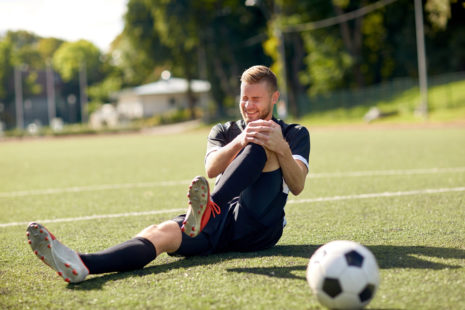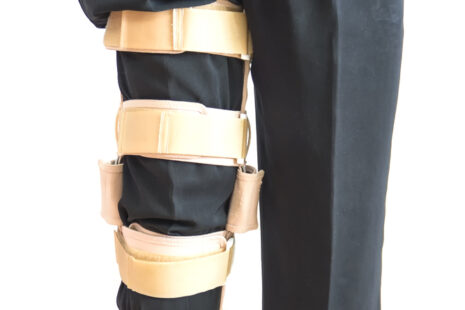Physical therapy (PT) for shoulder injuries is a specialized form of treatment designed to restore function, alleviate pain, and improve mobility in individuals suffering from a wide range of shoulder conditions. Whether the injury is due to overuse, trauma, degenerative changes, or post-surgical recovery, physical therapy offers a comprehensive approach to rehabilitation.
Here’s what is involved in physical therapy for shoulder injuries…
Initial Assessment
- Comprehensive Evaluation – The physical therapy process begins with a thorough assessment of the patient’s condition, including a review of medical history, physical examination of the shoulder, and evaluation of pain levels, range of motion, strength, and functional capabilities.
- Diagnosis and Goal Setting – Based on the initial assessment, the physical therapist diagnoses the specific shoulder condition and collaborates with the patient to set personalized goals for the rehabilitation process.
Core Components of PT for Shoulder Injuries
Pain Management
- Modalities – Techniques such as cold/heat therapy, electrical stimulation (e.g., TENS), and ultrasound may be used to reduce inflammation and alleviate pain.
- Manual Therapy – Hands-on techniques, including massage, joint mobilizations, and soft tissue mobilization, can help relieve pain and improve mobility.
Restoration of Mobility
- Stretching Exercises – Targeted stretching exercises aim to improve flexibility and restore the shoulder’s range of motion.
- Joint Mobilization – Gentle manual techniques performed by the therapist can help increase joint mobility and alleviate stiffness.
Strengthening
- Exercise Programs – Tailored strengthening exercises focus on building the muscles around the shoulder, particularly the rotator cuff and scapular stabilizers, to support and protect the joint.
- Progressive Loading – The intensity and complexity of exercises gradually increase as the patient’s condition improves, ensuring a safe and effective progression.
Functional Training
- Activity-Specific Training – Exercises and training activities are tailored to the patient’s specific needs, whether for daily living tasks, work-related activities, or sports.
- Ergonomic and Posture Education – Patients learn how to modify activities and maintain proper posture to prevent future shoulder injuries.
Prevention Strategies
- Home Exercise Programs – Patients are equipped with personalized exercise routines to continue strengthening and protecting the shoulder after formal therapy concludes.
- Lifestyle and Activity Modifications – Guidance on lifestyle changes and activity modifications can help minimize the risk of re-injury.
Benefits of Physical Therapy for Shoulder Injuries
- Non-Invasive Treatment – PT offers an effective alternative to surgery for many shoulder conditions, promoting natural healing processes.
- Customized Care – Therapy plans are highly personalized, addressing the unique needs and goals of each patient.
- Holistic Approach – Physical therapy not only focuses on the shoulder but also considers overall body mechanics and function, contributing to a more comprehensive recovery.
Physical therapy for shoulder injuries is a vital component of the recovery process, offering pain relief, improved mobility, and enhanced function through customized exercise and therapy plans. By actively participating in PT and adhering to prescribed home exercises, patients can significantly improve their outcomes and reduce the likelihood of future shoulder problems. Always consult with a healthcare professional or a licensed physical therapist to receive a tailored treatment plan suited to your specific shoulder condition.




